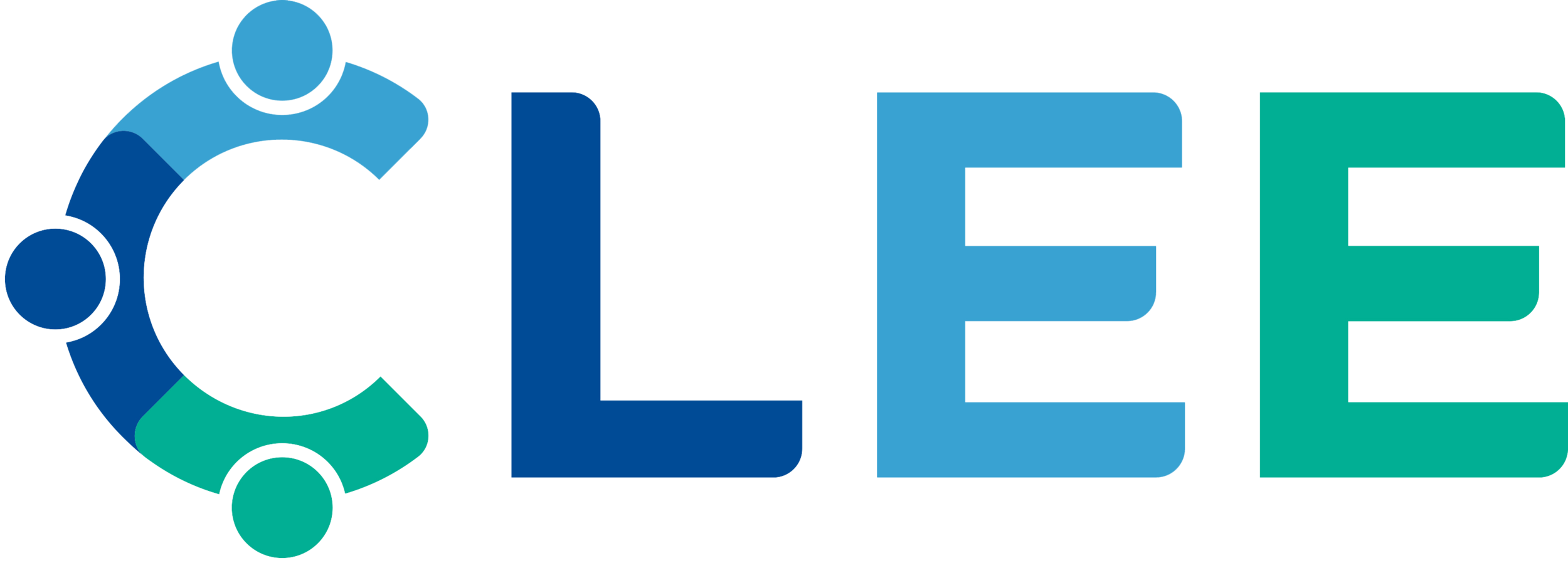Opening Up the Conversation through What? So What? Now What?
Here is one thing I learned over many years of practice: telling someone how to solve a problem or dilemma means there is a 95% chance that the problem will not be solved and in some cases will get worse. There’s always the 5% of the time that the solution works as envisioned, however that’s not a great return.
In my experience, the conversations that produce the most change in a problem or dilemma are those that follow a conversational sequence designed to open up thinking, not provide a solution or answer. This sequence of questions, developed originally for use in the What? So What? Now What? Protocol, sets up a conversational model that opens up possibilities, supports individual agency, and keeps us working in our realm of influence.
This conversation unfolds as follows:
What? Ask the person: What is the dilemma/problem?
So What? Ask the person: Why is it important to you?
Ask clarifying questions
Use one or two of these stems to get at the heart of the matter:
“What I hear you say is…”
“Why this seems important to you is…
What I wonder is…” or “The questions this raises for me are…”
What this means to me is…”
Now What? Ask: What are you going to do now?
This conversational model can be used by anyone, anywhere, about anything. It can happen in any group (principals, teachers, district administrators, students, families) of any size. It works as well in a conversation between two people as it does with a larger group. Discussions following this pattern allow us to support each other as collaborators working toward responses based in equity and collaboration to the ever-present dilemmas of our work.
Julia Hendrix, CLEE Continuous Improvement Facilitator and Coach
This is one example of how a simple tool can have a deep and lasting impact on practice. Leading for equity and continuous improvement is rooted in collaborative practices like What? So What? Now What? CLEE’s Foundations in Facilitative Leadership gives you the skills, knowledge, and dispositions to lead this powerful collaboration in your own setting.


